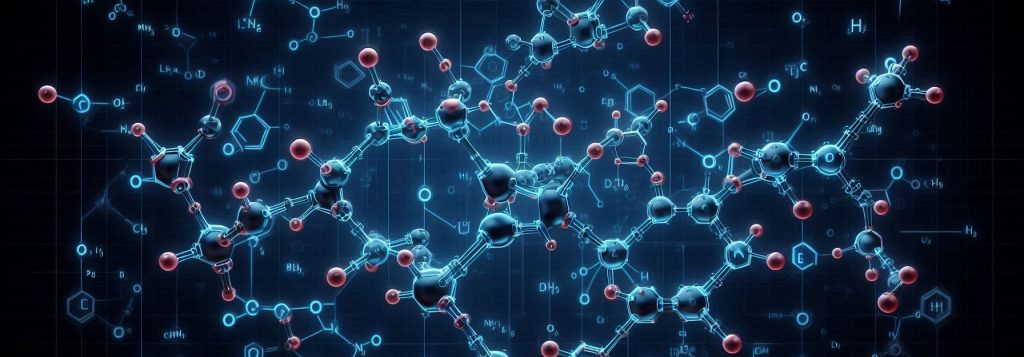
Molecular Design
Our platform
Our proprietary systems integrate AI Tools for Advanced Materials R&D
- Generative AI Models: Create and optimize new molecular backbones, side-chains, and composite formulations.
- Multiphysics Simulations: Predict structure-property relationships, performance under stress, and degradation pathways.
- High-Throughput Screening: Rapidly evaluate thousands of potential materials in silico.
- Closed-loop Learning: Simulate → synthesize → validate → retrain → repeat.
All seamlessly hosted in a cloud-ready environment for collaborative R&D.
Areas of collaboration
Cosmetics and Nanomedicine using carbohydrate nanoparticles
Bio-based Composite Materials from agricultural waste
Flexible Electronics using plant-derived semiconductors
Next-Gen Solar Cells with conjugated polymer heterojunctions
Hydrogen Storage Systems via bio-inspired porous matrices
Advanced Topics in Composite and Complex Materials
1. Disordered and Amorphous Materials
Disordered structures such as glasses, gels, and polymer blends resist traditional modeling. Our AI tools use unsupervised learning and topological data analysis to understand patterns in disorder, aiding in the prediction of mechanical strength, phase transitions, and diffusion properties.
2. High Entropy Materials (HEMs)
These alloys or ceramics contain 5+ principal elements in near-equal concentrations, resulting in high configurational entropy and often exceptional properties. Using deep generative models and ensemble learning, ALT-AI predicts stable combinations and simulates performance under thermal, mechanical, and chemical stress.
3. Bio-Inspired Dendritic and Hierarchical Polymers
Natural systems often self-assemble into branched, fractal structures. We use evolutionary algorithms and neural architecture search to guide the synthetic replication of such topologies for conductivity, elasticity, and biodegradability.
4. Multiscale Modeling of Composite Interfaces
AI bridges the gap between atomic-scale interactions and macroscale performance in layered or fiber-reinforced materials, identifying failure points and guiding formulation.
5. Smart and Responsive Materials
Materials that respond to light, pH, pressure, or electric fields are key to wearables and soft robotics. ALT-AI develops data-driven design rules for tunability and durability.
